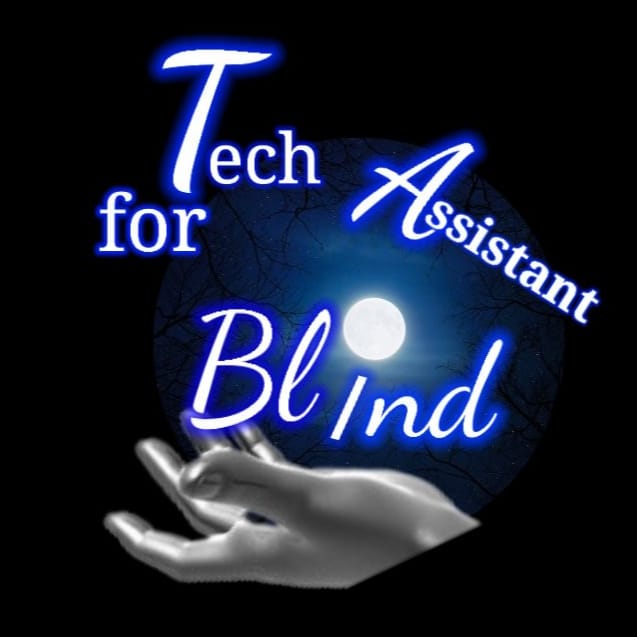Introduction
Smart home technology has transcended novelty to become an essential part of modern living. For individuals with visual impairments, these advancements offer more than just convenience—they provide independence, safety, and empowerment. In this guide, we’ll explore how smart home automations cater specifically to the needs of visually impaired individuals.
1. Voice Control and Smart Speakers
Empowering Independence
- Voice Assistants: Devices like Amazon Alexa, Google Assistant, and Apple’s Siri allow users to control lights, thermostats, and appliances using voice commands. For someone with limited vision, turning on lights or adjusting the temperature becomes effortless.
- Customizable Wake Words: Personalized wake words enhance accessibility. Users can choose a wake word that suits them best.
2. Assistive Devices for Everyday Tasks
Enhancing Daily Life
- Smart Lighting: Motion-activated lights guide users through rooms, eliminating the need to search for switches. Color-changing bulbs can also signal notifications or safety alerts.
- Smart Plugs: These allow control over any plugged-in device. Users can turn off appliances remotely or set schedules for coffee makers, fans, and more.
- Text-to-Speech and Audio Feedback: Appliances and devices can provide spoken feedback, making it easier to understand status updates or error messages.
3. Smart-Home Security Systems and Safety Devices
Peace of Mind
- Smart Door Locks: Keyless entry systems allow users to unlock doors using their smartphones or voice commands. No more fumbling for keys!
- Security Cameras: Indoor and outdoor cameras provide real-time video feeds. Alerts can be sent to smartphones, ensuring users are aware of any activity.
- Smoke and Carbon Monoxide Detectors: Smart detectors announce alarms audibly and send notifications to connected devices.
4. Braille Labeling and Tactile Markers
Navigating Spaces
- Braille Labels: Apply Braille labels to appliances, switches, and other objects. Users can identify items by touch.
- Tactile Markers: Raised markers on appliances or buttons help users locate specific controls.
5. Smartphone and Wearable Integration
Seamless Connectivity
- Mobile Apps: Smart home apps provide control over devices from smartphones. Users can adjust settings, receive alerts, and monitor security cameras.
- Wearable Devices: Smartwatches and fitness trackers can relay notifications and alerts, ensuring users stay informed.
Conclusion
Smart home automations empower visually impaired individuals to live independently, navigate spaces confidently, and stay connected. As technology continues to evolve, let’s ensure that accessibility remains at the forefront, creating a more inclusive and supportive environment for all.
Remember, convenience for some is independence for others. 🌟

